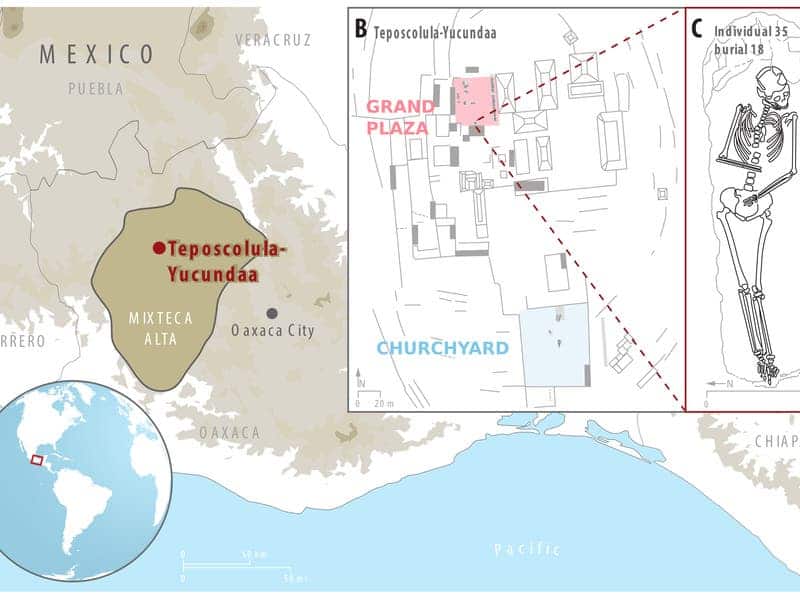The Megadeath from 16th century Mexico is one of the biggest epidemiological mysteries of humankind. Now, researchers from at the Max Planck Institute for the Science of Human History might have finally solved it.

Between 1545 and 1576, epidemics of “cocoliztli” (Nahuatl for “pest”) were indigenous hemorrhagic fevers thought to be transmitted by rodent hosts and aggravated by extreme drought conditions.
Until recently, the only information scientists had about the killer pathogen was based on historical findings describing symptoms. Many scientists have correlated the wipe-out with the arrival of Spanish expeditors.
The research team applied a new method of investigation: a screening technique called the Metagenome Analyzer Alignment Tool, or MALT, which allows researchers to process millions of sequencing reads within hours and match these with known bacteria from a reference database.
Scientists took samples from an ancient graveyard in proximity to Oaxaca city. “Teeth are an excellent source of DNA,” says Kirsten Bos, an anthropologist at the Max Planck Institute for the Science of Human History who worked on the study. One important reason is that pathogens are well preserved by the enamel.
“The screening technique used here will be transformative for future work on archaeological disease — it’s no longer necessary to have a candidate pathogen in mind for molecular detection,” Bos said. “The flexibility offered by our approach is what’s needed to tackle many questions related to disease history and ecology, where you often don’t know what disease you’re looking for until you’ve found it.”

Credits: Elizabeth Nelson
“We intend to apply similar techniques to search for diseases in other archaeological samples from different time periods and locations. This technique opens so many doors for us to learn about disease in the past.” she added.

Åshild J. Vågene et al. Salmonella enterica genomes from victims of a major 16th century epidemic in Mexico. Nature Ecology and Evolution.
Paratyphoid fever is caused by fecal contamination of food and water. Today, it usually encountered in poor, crowded places. It’s possible that the Spanish aggravated the spread by relocating people and instituting new agricultural practices.
“This specific pathogen may be one of several causes for the disease,” said Åshild Vågene, a co-author of the paper.
“We can only look for pathogens that we know exist today,” she added. “We can’t look for things that we don’t know existed.It’s the first piece of the puzzle to perhaps finding out what caused this epidemic mystery,” she concluded.



